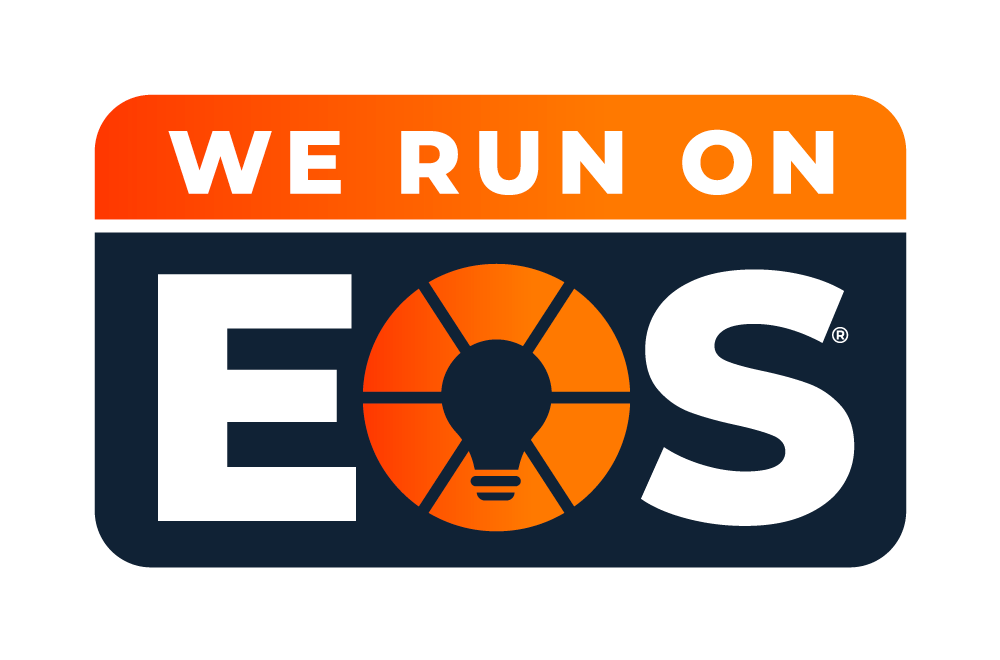During a workshop I facilitated with business owners last week, we spent time up front defining the differences between business-to-consumer (B2C) and business-to-business (B2B) marketing. Although the workshop topic was actually on Social Media, to be effective it’s vital to think about any tactical work within a broader context of how your customer behaves and the type of messages they are interested in receiving.
B2B v B2C is something that’s been on my mind lately – a couple of weeks prior to the workshop, I had a meeting with a prospective client (has now become a client) who was at a loss as to why the thousands of dollars she’d spent on Google Ads hadn’t created one new customer. When I reviewed the activity I could see that the business was implementing a B2C approach to its marketing that wasn’t translating as it was a B2B company!
So, for this this blog post, I thought we could explore the key differences between B2C and B2B marketing.
B2C Marketing
B2C marketing involves promoting products and services directly to consumers. This type of marketing is often more emotional and focuses on creating a connection with the consumer. B2C marketing campaigns tend to be more visual and engaging, with the goal of capturing the consumer’s attention and inspiring them to make a purchase.
Key Differences:
- Mass Marketing: B2C marketing is typically mass marketing. The goal is to reach as many potential customers as possible. Advertising channels used for B2C marketing often include TV commercials, billboards, radio ads, and social media.
- Shorter Sales Cycles: B2C sales cycles are generally shorter than B2B sales cycles. Consumers are more likely to make impulse purchases or quick decisions, which means B2C marketers must focus on creating urgency and delivering immediate value.
- Emotions-Based: B2C marketing campaigns tend to be more emotional and are designed to create a connection with the consumer. Marketers use various tactics such as storytelling, humour, or using influencers to build a relationship with the consumer.
- Lower Price Points: B2C products generally have lower price points than B2B products. Therefore, marketers must focus on creating high volume sales to make up for the lower profit margins.
B2B Marketing:
B2B marketing focuses on promoting products and services to other businesses. This type of marketing is more rational and data-driven, as it focuses on meeting the specific needs of the target business. B2B marketers aim to create long-term relationships with their clients, building trust and loyalty over time.
Key Differences:
- Targeted Marketing: B2B marketing is more targeted than B2C marketing. Marketers target specific businesses or industries based on their specific needs or pain points. Marketing channels for B2B marketing include trade shows, direct mail, email marketing, and content marketing.
- Longer Sales Cycles: B2B sales cycles are typically longer than B2C sales cycles. B2B marketers must focus on building relationships with their target businesses and nurturing leads over time. This process can take weeks, months, or even years, depending on the complexity of the product or service.
- Rational-Based: B2B marketing is more rational and data-driven than B2C marketing. Marketers use data and analytics to understand the needs of the target business and create targeted campaigns that address those needs.
- Higher Price Points: B2B products generally have higher price points than B2C products. Therefore, B2B marketers focus on building relationships with clients that can lead to high-volume, high-profit sales over time.
Conclusion: While there are similarities between B2C and B2B marketing, the approach and tactics used are significantly different. B2C marketing focuses on creating an emotional connection with the consumer and driving quick, high-volume sales. B2B marketing, on the other hand, focuses on building long-term relationships with businesses and delivering targeted solutions to meet their specific needs. Understanding these key differences is essential for creating effective marketing campaigns that meet the unique needs of each market segment.


